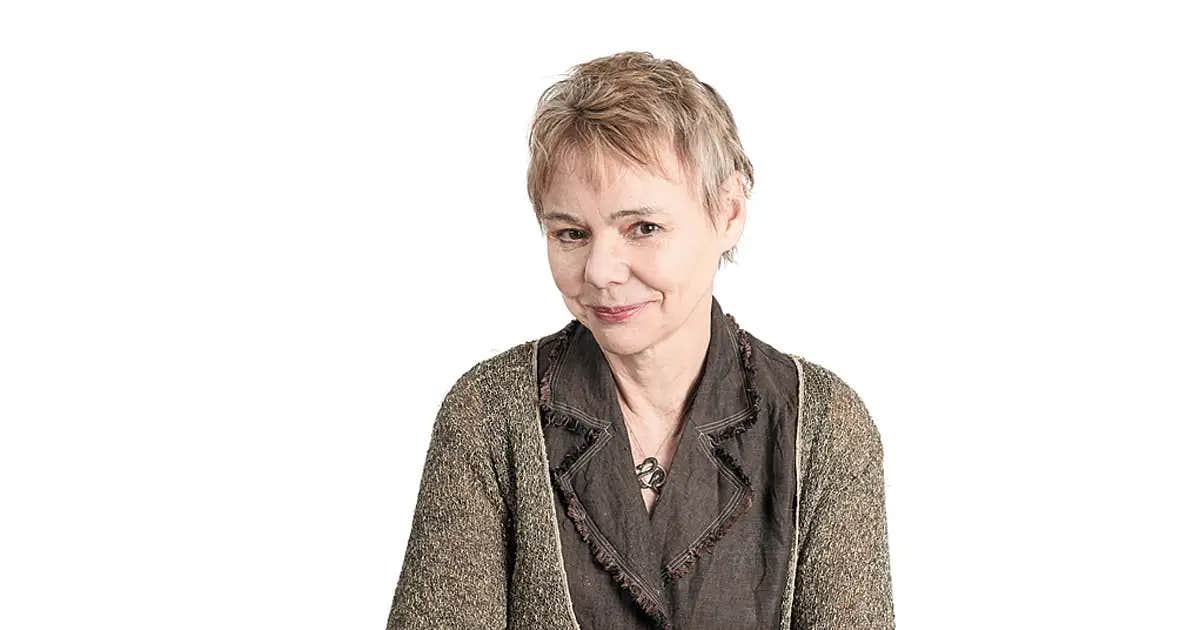“The better the bad guy.” The better the film,” Alfred Hitchcock rightly proclaimed. The fact remains that at Disney, villains more than their friends have burst onto the screen of its famous animations. These women with cruel laughter, extravagant costumes, hooked noses and diabolical connections sowed misfortune in the kingdom of the gentiles, by taking the light.
So many generations of children owe their first thrills of terror to them at the cinema or on TV. It is sweet to be afraid at one’s tender age. Without these ladies with galoshed chins, hairy warts and pet crows, there is no breathtaking action or supreme punishment under destructive chaos. In the fight of good versus evil, Disney’s tonic emphasis was placed on womanizing monsters. And for good reason. The pretty princesses overwhelmed by fate, soft and smooth, are hardly a match for these creatures of panache and conjurations. To the furies, the lightning, the fury and the grindings of hell! To the wise little ones, the sweet lament ofOne day my Prince will come.
Mouse-headed American studio Miquette turned 100 this week. Going back along the Disney route means greeting its harpies, figures of dark power, as you pass by. How to forget the terrible Cruella de Vil 101 Dalmatians, the perfidious stepmother disguised as a witch handing her poisoned apple to Snow White, the fairy Maleficent (the Carabosse of the fairy tale) who came to cast a bad spell on Sleeping Beauty, Cinderella’s stepmother and her two perverse daughters ? Misogynistic as one wishes, their rugged profiles have through the absurd delivered women from a destiny of docility and candor. Glory to these figures of independence and anger whose revolt against all established orders we secretly tasted! For Walt Disney, female emancipation more or less led to the stake. Hence these witches’ sabbaths. Beyond his conservatism, he will never have succeeded in making us hate his demons. So much the better !
The founder of the empire had, however, watered down the ferocity of many fairy tales by turning them into cartoons. In traditional versions of Cinderella and others taken up by Perrault or the Brothers Grimm, the violence was unleashed in refinements of cruelty that the American dream covered with a modest veil. But completely sacrificing the villains would have been pure madness from a studio thirsty for expansion. These night ghouls are such a good show.
Born in a Hollywood garage, he reigned so much over popular culture with specter and crown, this entertainment empire. The multinational with amusement parks and endless ramifications was a marketing ace avant la lettre, the first to fully exploit derivative products in the 1930s, with Mickey watches and four-fingered hands on a tripod. Flagship of the XXe century, Disney goba Pixar, Star Wars and Marvel in the 21ste century. But its black and white mascot Mickey Mouse will enter the public domain next year and, 10 years later, its color version. Its Disney+ platform is losing ground. The ogre falters and sacrifices employees.
The celebrations of its centenary come at the right time to boost the morale of the troops. A nine-minute short film, Once upon a time there was a studionow on Disney+, brings together Mickey, Tinker Bell, Captain Hook, Goofy, Donald Duck, Aladdin and other hippos in tutu posing for posterity.
For a long time, Disney has been accused of racism and misogyny in its films which exude the values of yesteryear. The little Mermaid, taken in 1989 from the Danish tale by Hans Christian Andersen, gives the spotlight through its 2023 remake to African-American actress and singer Halle Bailey, a choice decried by many as an irritating woke concession to scream about. The studio finds itself caught between two fires.
The live-action remakes of its flagship animations have not always produced great results, as the nostalgia for ancient fairy tales traveling through time grips the public. Classic of classics, Snow White and the Seven Dwarfs will be reborn next March with a wide range of actors. Already, behind the scenes, voices are grumbling. Here are the dwarves replaced by magical creatures, the milk-complexioned beauty played by Latino Rachel Zegler. As for the denouement, it erases the sweet kiss of the prince to salute the emancipation of the heroine. Other times, other manners. More serious: the vices of the unworthy mother-in-law are said to be softened in passing so as not to inconvenience anyone. And then it’s me who groans. At the very least, respect the tone of the villains. No but !
